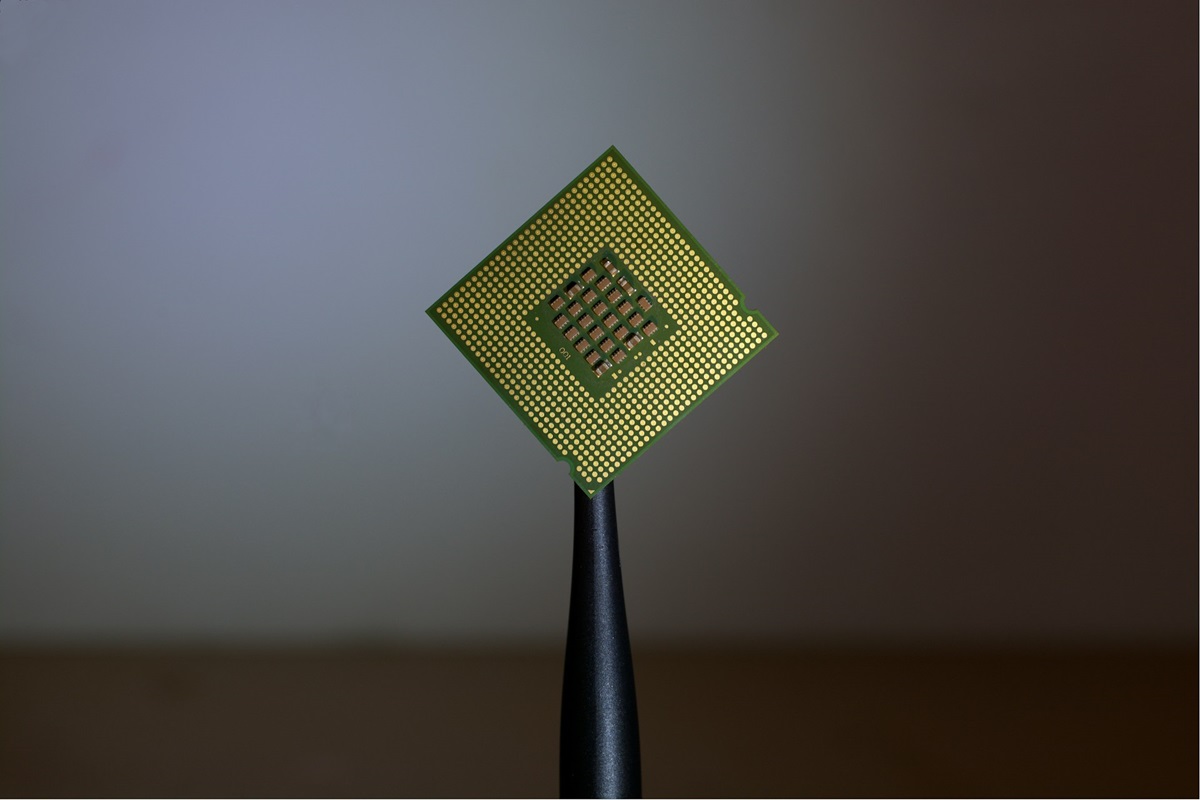The media, citing sources and documents, reported that two Chinese chip manufacturers are currently in the early stages of making high bandwidth memory (HBM) microcircuits used in artificial intelligence chipsets.

It is worth noting that the progress in the HBM area is an extremely important step forward in the context of Beijing’s efforts to reduce its dependence on foreign suppliers of relevant products against the background of escalating tensions within the framework of relations with Washington. It is also important that the mentioned political circumstance has already caused Chinese companies to face restrictions on the purchase of advanced chips and equipment necessary for the production of these microcircuits.
CXMT, the leading DRAM chip maker in the Asian country, has developed samples of HBM microcircuits. This result was achieved through a partnership with Tongfu Microelectronics, a company specializing in chip packaging and testing. The relevant information was provided by three insiders. Two of them clarified that the new chips are already being demonstrated to customers.
Against the background of news about the progress in the production of microcircuits, the share price of Tongfu Microelectronics increased by 8% at trading on Wednesday, May 15.
The media also reported that another Chinese company, Wuhan Xinxin, is currently building a factory that will be able to produce 3,000 12-inch HBM wafers monthly. The relevant information is contained in documents from the Qichacha corporate database.
Two insiders reported that CXMT and other Chinese chip makers hold regular meetings with South Korean and Japanese semiconductor equipment manufacturers to buy tools for the development of HBM microcircuits.
CXMT, ChangXin Memory Technologies, and Tongfu Microelectronics, based in Hefei City District, located in Anhui Province, did not respond to media requests for comment on insider information.
Wuhan Xinxin, which informed regulators of its interest in going public, also preferred the tactic of silence amid the interest of journalists about the so-called internal details of the activities.
CXMT and Wuhan Xinxin are private firms. At the same time, these companies received funding from the municipal authorities to advance technologies. China is currently investing capital in the development of its chip sector. It is worth noting that in the context of the current configuration of technological reality, the production of microcircuits is critically important and shortly will become a factor determining the country’s capabilities, including in the economic plane and the political dimension.
Currently, it is also known that the Chinese company Huawei, which Washington identifies as a source of threat to national security and for this reason has put this firm on the sanctions list, intends to launch making HBM2 chips by 2026. According to preliminary information, the relevant project will be implemented in partnership with other companies from the Asian country. This was reported by an insider who is aware of Huawei’s intentions, which fall into the category of internal confidential information.
In April, the media reported that the group of firms, led by the mentioned manufacturer, includes Fujian Jinhua Integrated Circuit, under United States sanctions maker of memory chips.
It is not known where Huawei currently procures microcircuits HBM. Fujian Jinhua did not respond to a media request for comment on the matter.
HBM is a type of DRAM standard first produced in 2013. In this case, the microcircuits are vertically stacked to save space and reduce power consumption. Such chips are an excellent option for processing huge amounts of data generated by complex artificial intelligence apps. Demand for matching microcircuits has skyrocketed amid the so-called AI boom.
The South Korean company SK Hynix is currently the main player in the HBM market. According to analysts, this firm was the only supplier of such chips for the Nvidia US brand. Over time, another South Korean firm Samsung began to supply the corresponding products for the mentioned company from the United States.
The debut of the fifth generation HBM or HMB3E chips is expected this year. At the same time, according to media reports, citing insiders, China’s efforts are currently focused on HBM2.
Washington has not imposed restrictions on the export of HBM as a separate product category. At the same time, HBM3 chips are manufactured using US technology, access to which is prohibited for many Chinese companies including Huawei.
Nori Chiou, an investment director at White Oak Capital and a former analyst, microcircuit makers from the Asian country are ten years behind their global competitors in HBM. According to the expert, China faces a considerable journey ahead, as it currently lacks competitive advantages to rival South Korean firms even in traditional memory markets. Nori Chiou also stated that the cooperation of CXMT with Tongfu is a significant opportunity for the Asian country in terms of prospects in the memory sector and the sphere of advanced packaging technologies in the HBM market.
Patents filed by the mentioned companies and Huawei indicate that plans for the development of HBM in China were formulated at least three years ago.
According to the AcclaimIP database, Anaqua, part of the CXMT ownership structure, has filed almost 130 patents in the United States, China, and Taiwan on various technical issues related to the production and functionality of the specified chips. One of these patents, published last month, indicates that the company is looking at advanced packaging technologies such as hybrid bonding to create a more powerful HBM product. A separate filling contains information that CXMT is also investing in the development of the technology needed to create HBM3.
As we have reported earlier, China to Establish $27 Billion Chip Fund.









